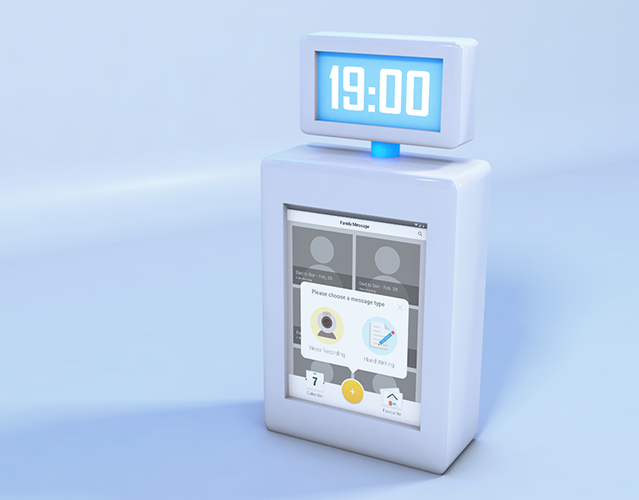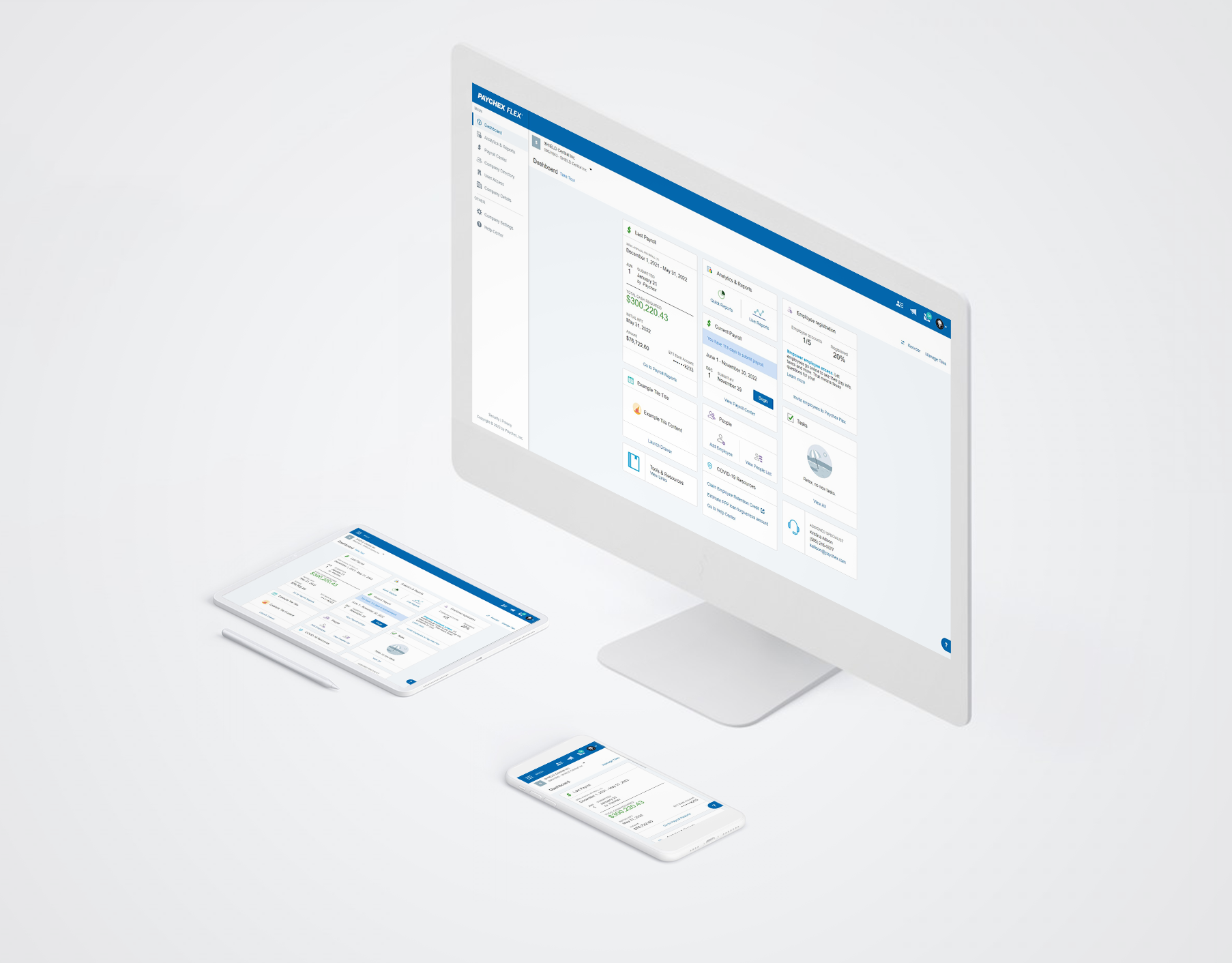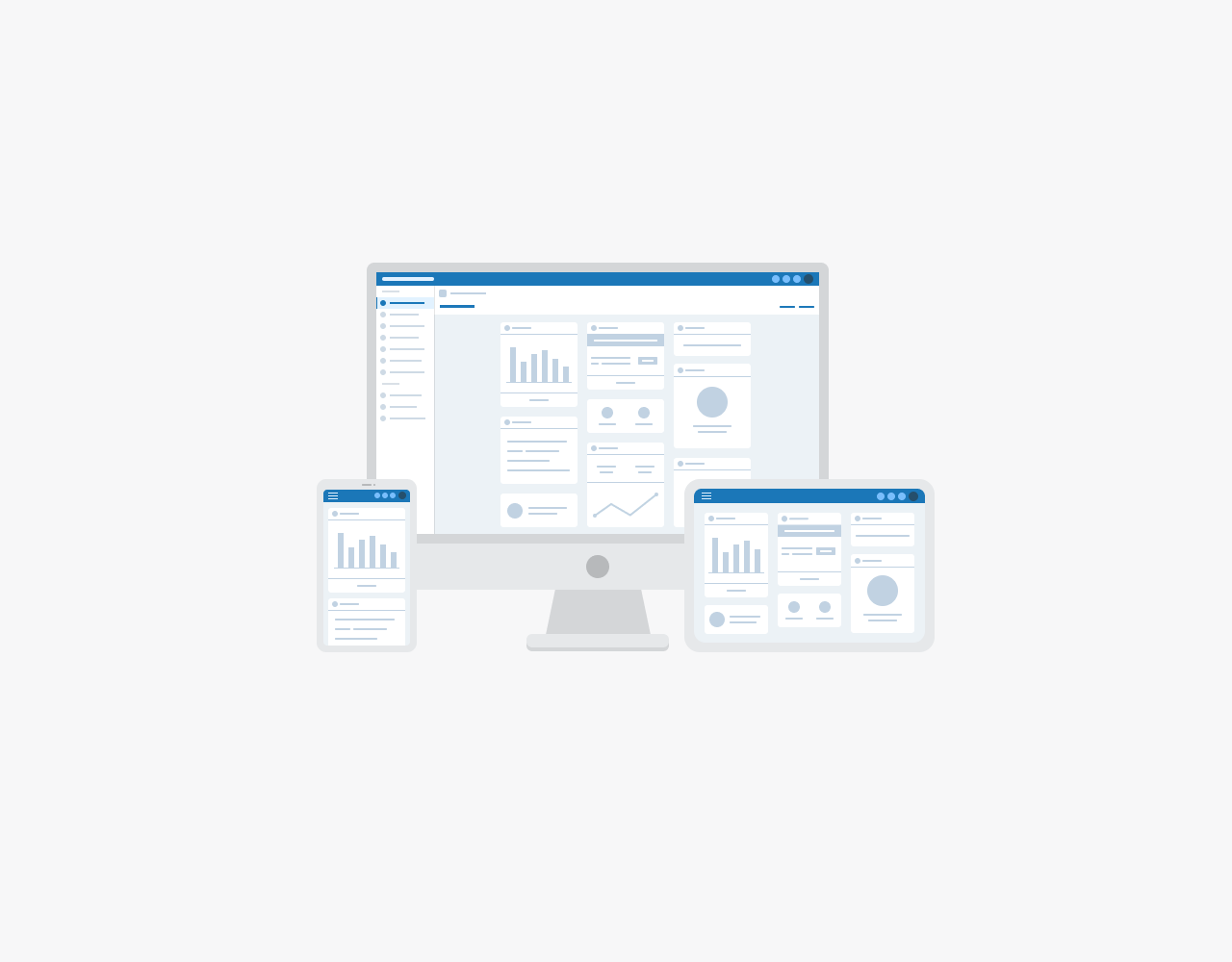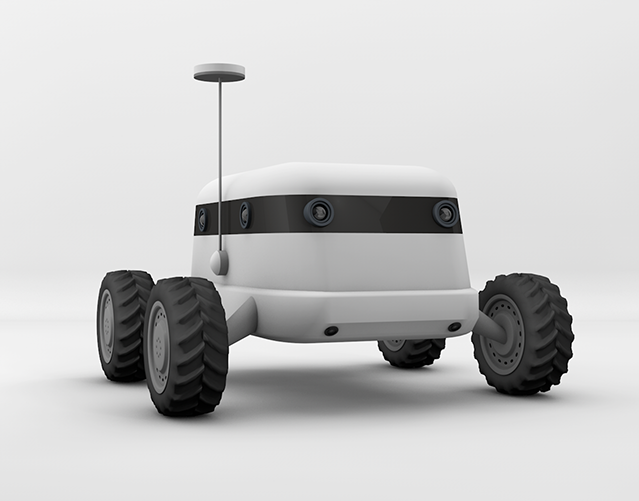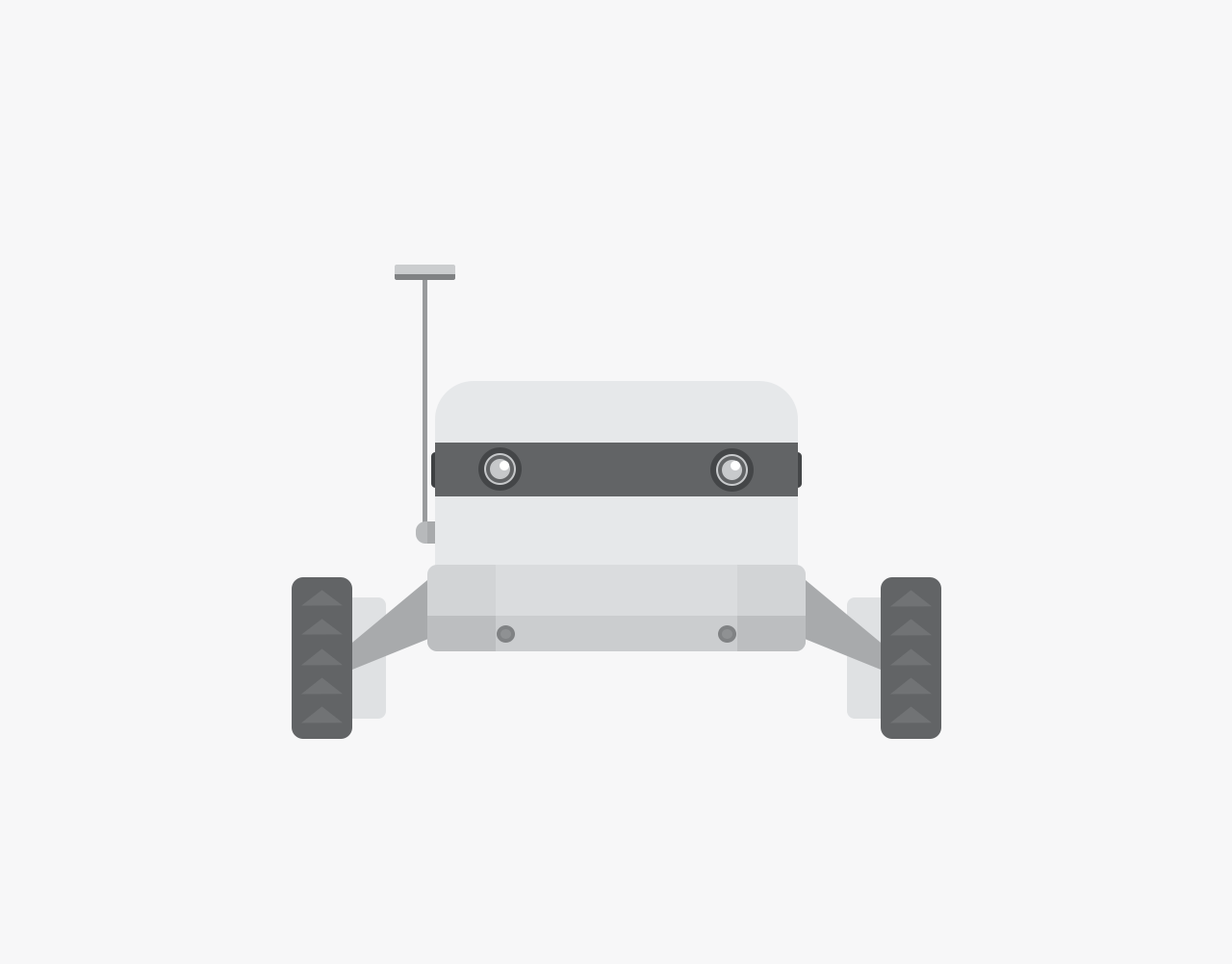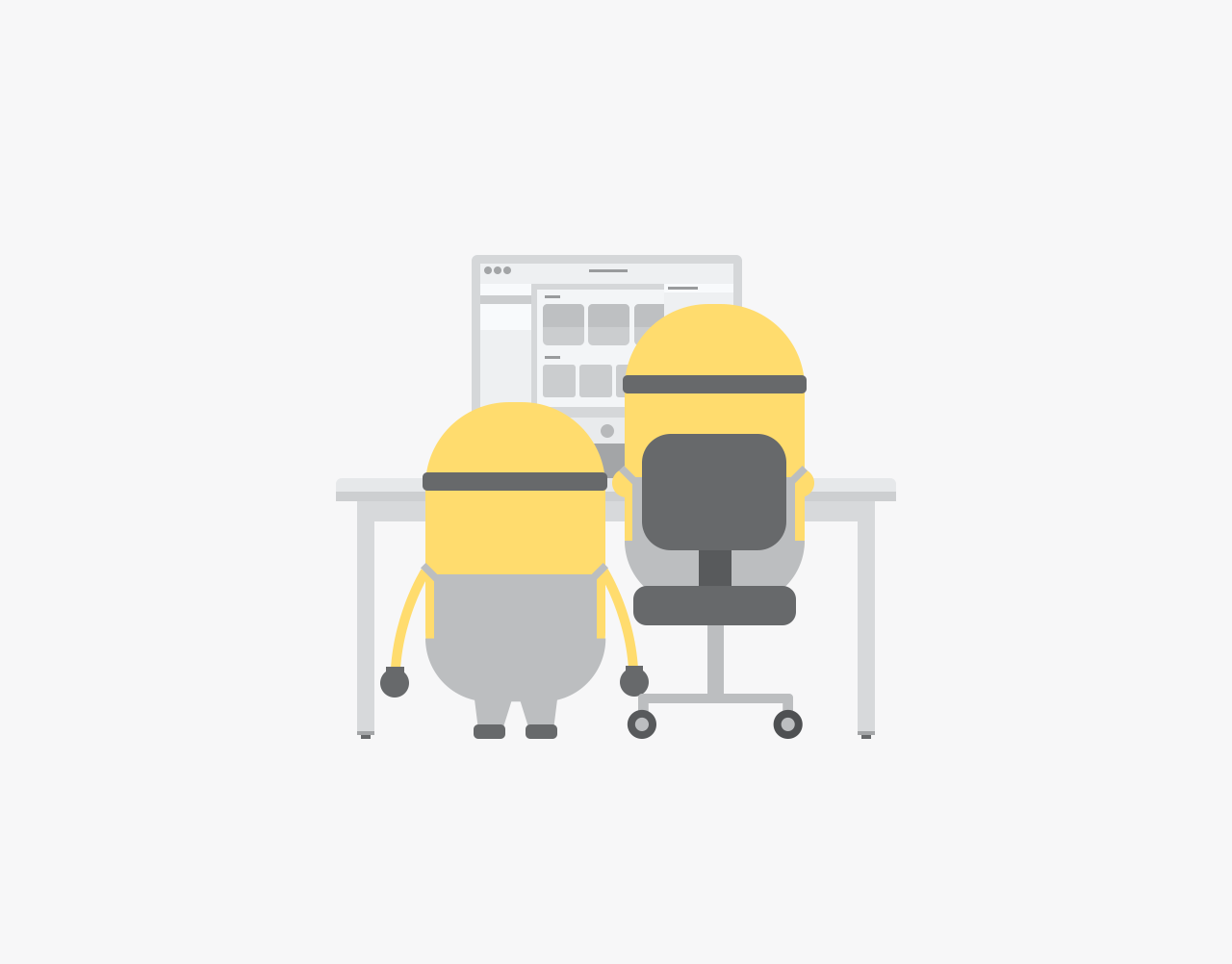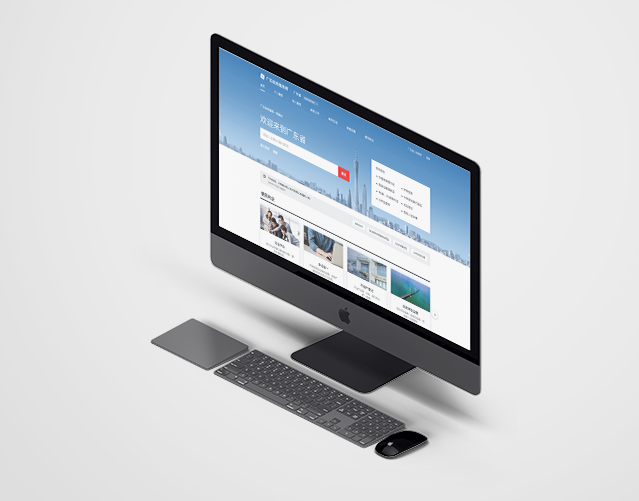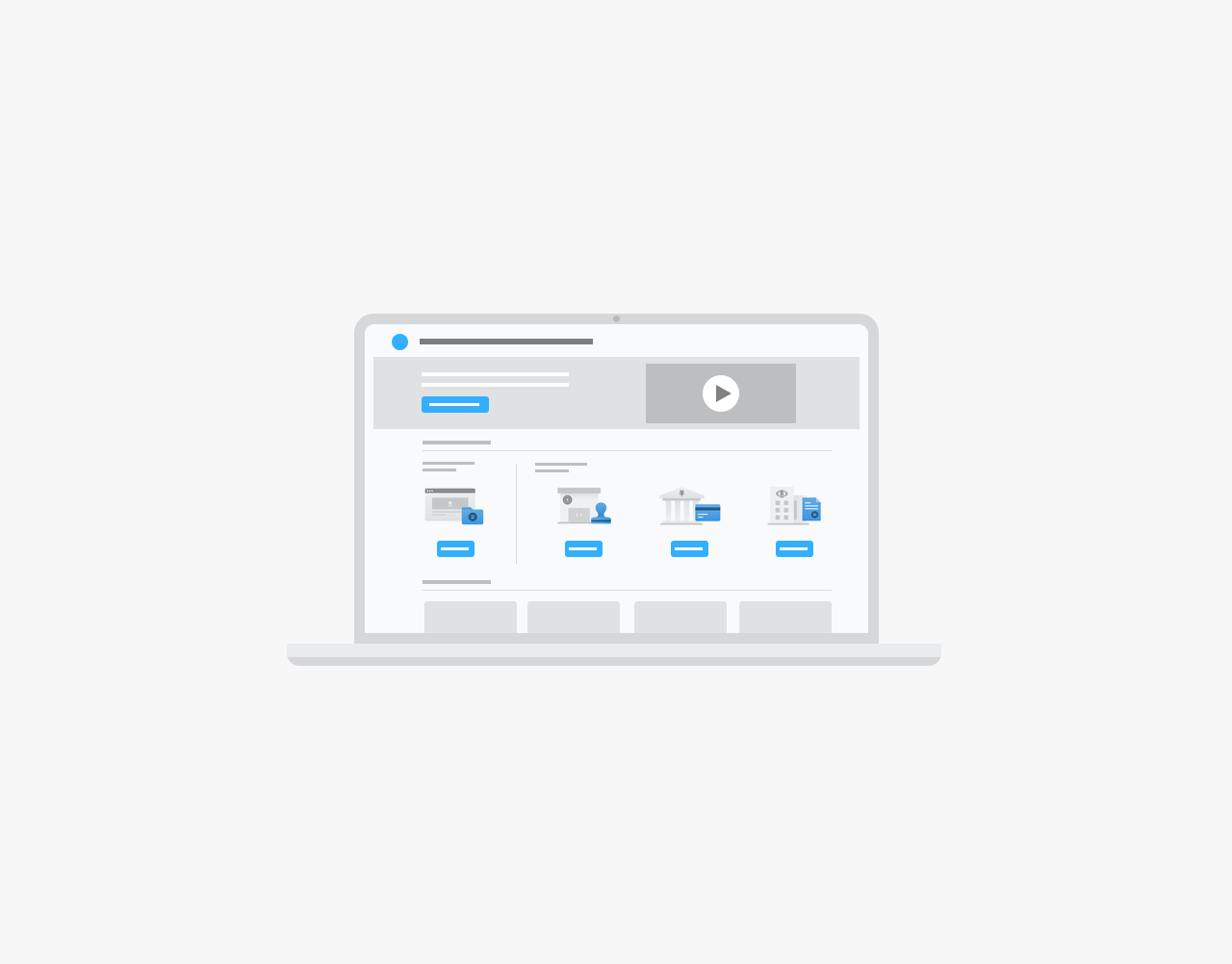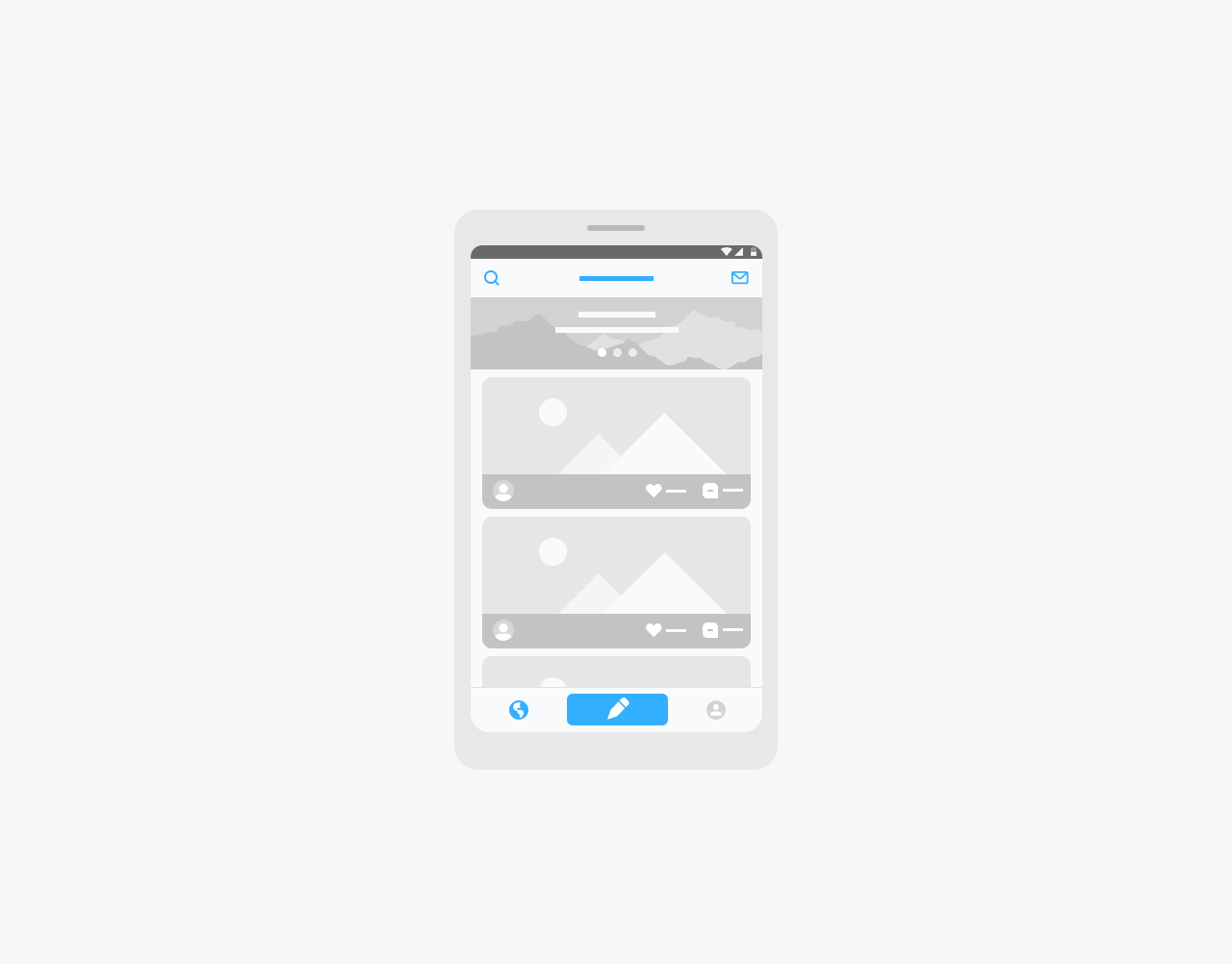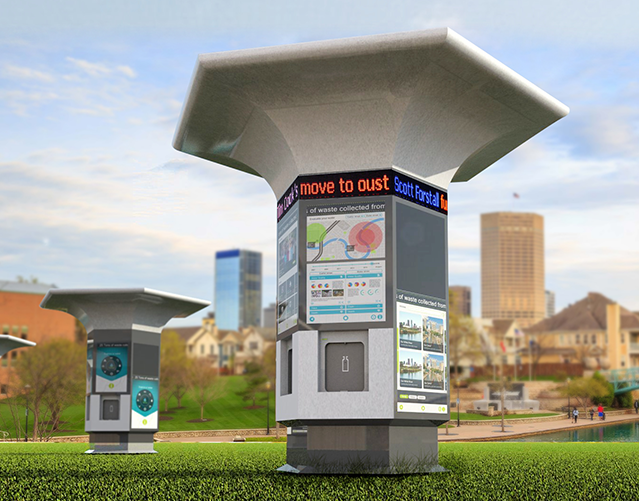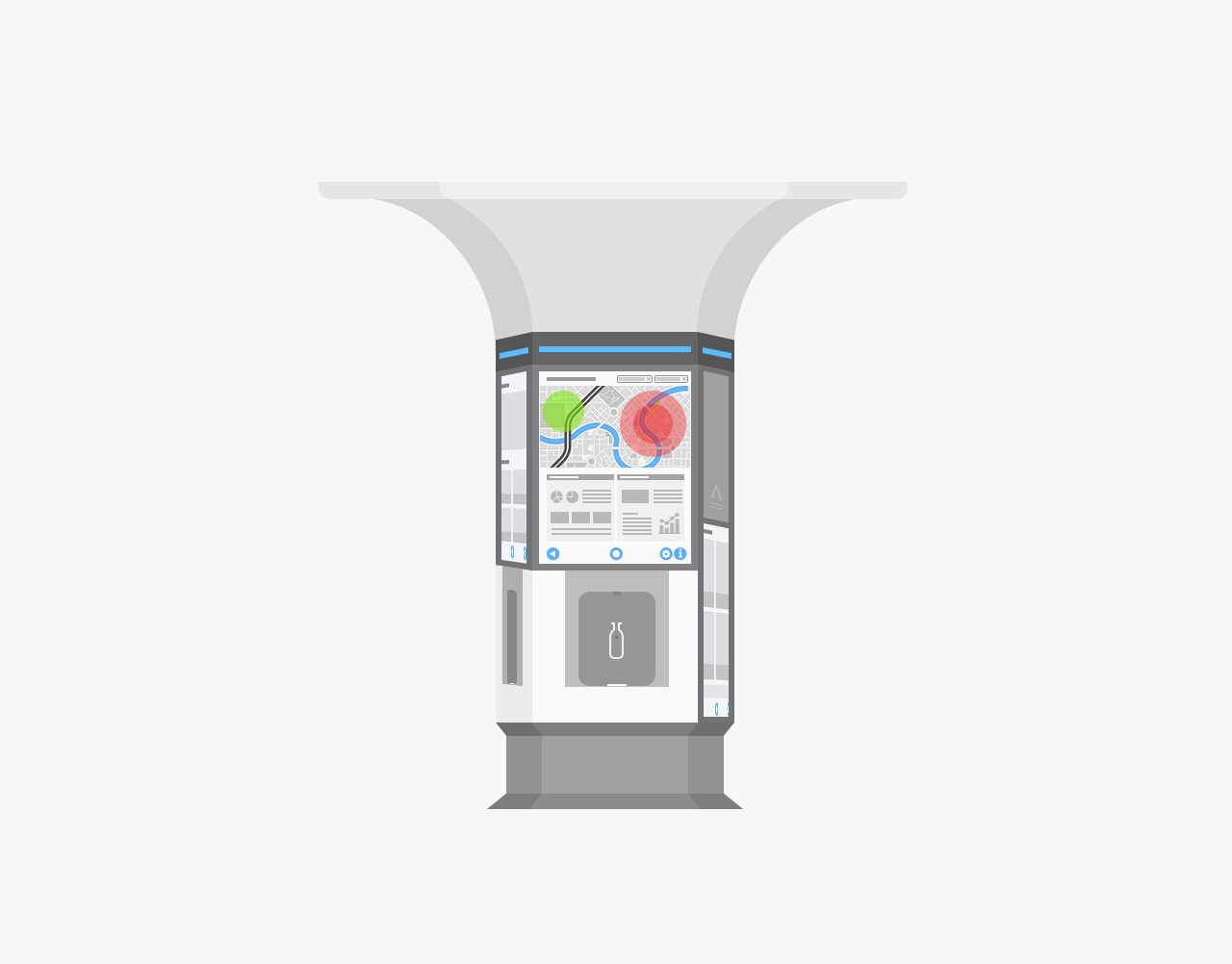Introduction
As a result of the tremendous economic development in China, the purchasing power of the Chinese younger generation (mainly from the post-90s) shows a growing trend. However, at this time, almost no E-commerce mobile application is precisely aimed at this user group. To fill this market void, we developed a flash sales mobile application - Carrot.
Research
We researched and sought data to understand the younger generation's shopping behavior. From this chart, we can find out that the proportion of the age group from 18 to 27 holds the most significant proportion, and this also indicates that the post-90s indeed occupy a significant place in the Chinese online shopping market. This helped us to confirm our target users determinedly.
These 2 charts below indicate that the post-90s always consider their preferences (strong personality) and the price of goods (tight budget). They have their own opinions but also refer to professional and friends' recommendations. Besides, they often stay at home, taking time on the internet and hunting for novelty.
Ideation
From previous research, we analyzed how to design our mobile application to adapt to post-90s users’ shopping preferences:
What to Sell
We planned to design a mobile application for guiding factors and selling the hottest goods in the post-90s such as fashions and electronic products to them and keep to their liking as far as possible.
We planned to design a mobile application for guiding factors and selling the hottest goods in the post-90s such as fashions and electronic products to them and keep to their liking as far as possible.
What's the Difference
Based on the flash sales, we innovated the rule: Divide a day into 2 sections. In each section, we provide only 10 favors of brands for collecting; if users are interested, they must take a chance out of 5 to unlock the list of goods from favors by collecting.
Based on the flash sales, we innovated the rule: Divide a day into 2 sections. In each section, we provide only 10 favors of brands for collecting; if users are interested, they must take a chance out of 5 to unlock the list of goods from favors by collecting.
How to Interact
We referred to excellent mobile applications and extracted some ideas of interaction. For example, we experienced social applications and reformed Carrot’s main page from it. And we also devised some particular gamification interactions.
We referred to excellent mobile applications and extracted some ideas of interaction. For example, we experienced social applications and reformed Carrot’s main page from it. And we also devised some particular gamification interactions.
Information Architecture
Based on the analysis, we created the information architecture to arrange and present our idea to design the Carrot App.
Low-Fidelity Prototype
According to the information architecture, we built the low-fidelity prototype to obtain user insights through hallway testings quickly.
High-Fidelity Prototype
Based on the insights of hallway testings, we made corresponding improvements and built our high-fidelity prototype with motion design.
Character Design
In the meanwhile, we created the character “Uncle Carrot” to impress our user group and building our own distinctive brand image:



